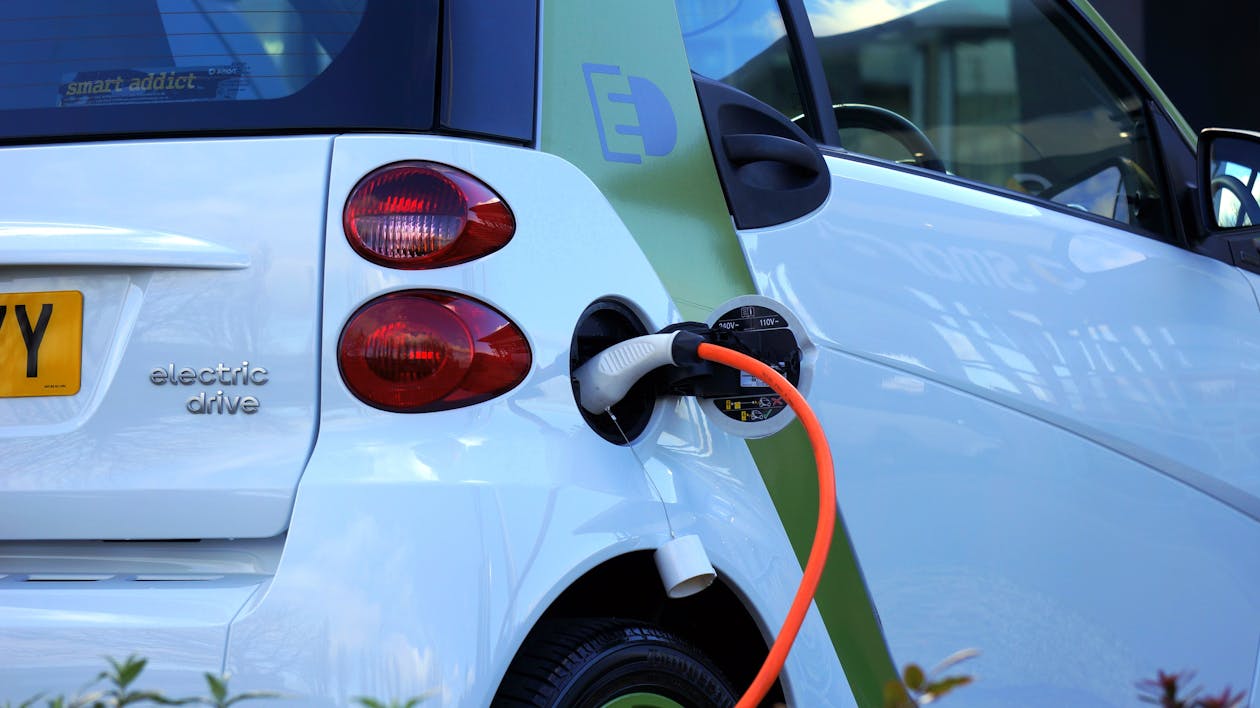
As the world shifts towards a more sustainable future, electric vehicles (EVs) are rapidly becoming a cornerstone of this transition. However, diving into the realm of EVs introduces a critical aspect often overlooked: power analysis. This exploration is not just about the power an electric vehicle consumes but understanding the broader impact on our power grids, efficiency rates, and the importance of smart energy management. So, buckle up as we embark on a journey through the electrifying world of EVs and power analysis.
Charging Ahead: Efficiency and Technology
When discussing electric vehicles, the topic of charging infrastructure and technology takes center stage. Rapid advancements in charging technology not only promise quicker charging times but also strive to enhance the efficiency of power usage. However, with great power (pun intended) comes great responsibility. The development of efficient charging solutions is paramount to prevent energy wastage and ensure that the shift to electric is truly beneficial for the planet.
Understanding Power Analysis
Power analysis in the context of electric vehicles goes beyond the basics of electricity consumption. It involves examining the capacity of our current infrastructure to support the increased load from EV charging and the efficiency with which this power is used. Moreover, this analysis brings to light the necessity for smart grids and innovative energy management solutions to ensure reliability and sustainability.
To truly grasp the complexity and necessity of thorough power analysis, an understanding of tools like the power analyzer is indispensable. Such instruments offer insights into power quality and efficiency, critical for making informed decisions about energy management and infrastructure development within the context of electric vehicles and beyond.
The Role of Smart Energy Management
In the era of smart homes and smart cities, the implementation of smart energy management systems for electric vehicles is a game-changer. These systems optimize power usage, reduce costs, and importantly, minimize the environmental impact. The synergy between EVs and smart technology epitomizes the potential of IoT and AI in paving the way for a sustainable automotive future.
The Spark of Change: EVs in Today’s World
The growth of electric vehicles is more than just a trend; it’s a revolution in the making. With advancements in technology, EVs are setting the stage for a drastic reduction in carbon footprints and fostering a green environment. But, it’s not all about ‘going green.’ The integration of EVs poses significant challenges and opportunities for power management and distribution systems worldwide.
Expanding the Network
The need for a more extensive and accessible charging network is undeniable. As EVs become the norm rather than the exception, creating a web of charging stations across cities and highways is essential. This expansion would not only alleviate range anxiety but also ensure that the switch to electric doesn’t create new forms of disparities among different communities.
Financial Incentives and Policies
For electric vehicles to truly take off, financial incentives and supportive policies play a critical role. Tax breaks, subsidies, and investment in R&D can accelerate the adoption of EVs and the development of related technologies. Governments and private sectors must collaborate closely to make the electric dream a reality for more people worldwide.
The Impact on Power Grids
As EV adoption rates soar, the strain on our power grids becomes increasingly evident. The infrastructure built decades ago is now facing the colossal task of accommodating the surge in demand for electricity. This brings up critical questions about grid modernization and the adoption of renewable energy sources to cope with the rising demand.
Consumer Education and Engagement
Lastly, empowering consumers with knowledge and engaging them in the electric vehicle movement is vital. Awareness campaigns, educational programs, and interactive experiences can help demystify EV technology and showcase the tangible benefits of making the switch. It’s about creating a community of informed advocates who are ready to drive the change toward sustainable mobility.
Looking Beyond the Horizon
The journey of electric vehicles is just at the beginning. With innovations in battery technology, wireless charging, and renewable energy integration, the future looks bright. However, achieving this future requires a deep dive into power analysis to ensure our grids are prepared, our technology is efficient, and our planet remains green.
Conclusion
In the grand scheme of things, electric vehicles are more than just a means of transportation. They symbolize a shift towards sustainability, innovation, and a recognition of our planet’s finite resources. Power analysis, therefore, stands as a crucial pillar in the successful integration of EVs into our lives. Embracing the challenge of power management and efficiency doesn’t just benefit us today but ensures a brighter, cleaner world for generations to come. The road ahead is electric, and with a thoughtful approach to power analysis, it’s an exciting journey we’re all a part of.
